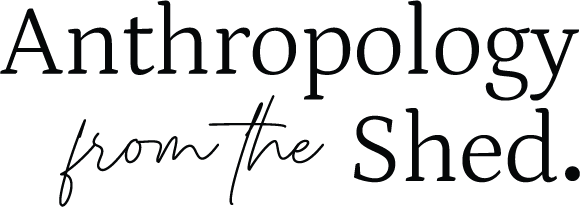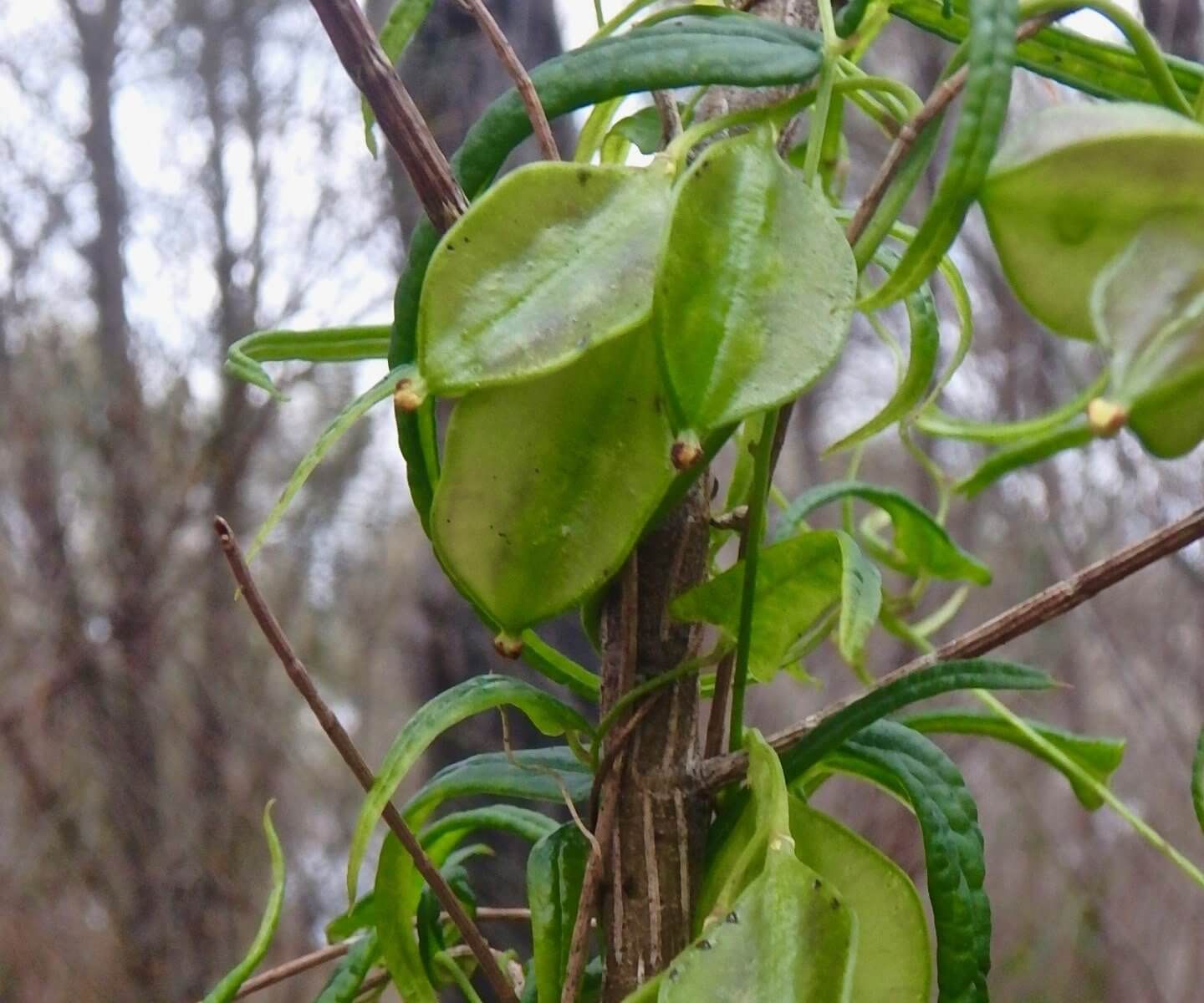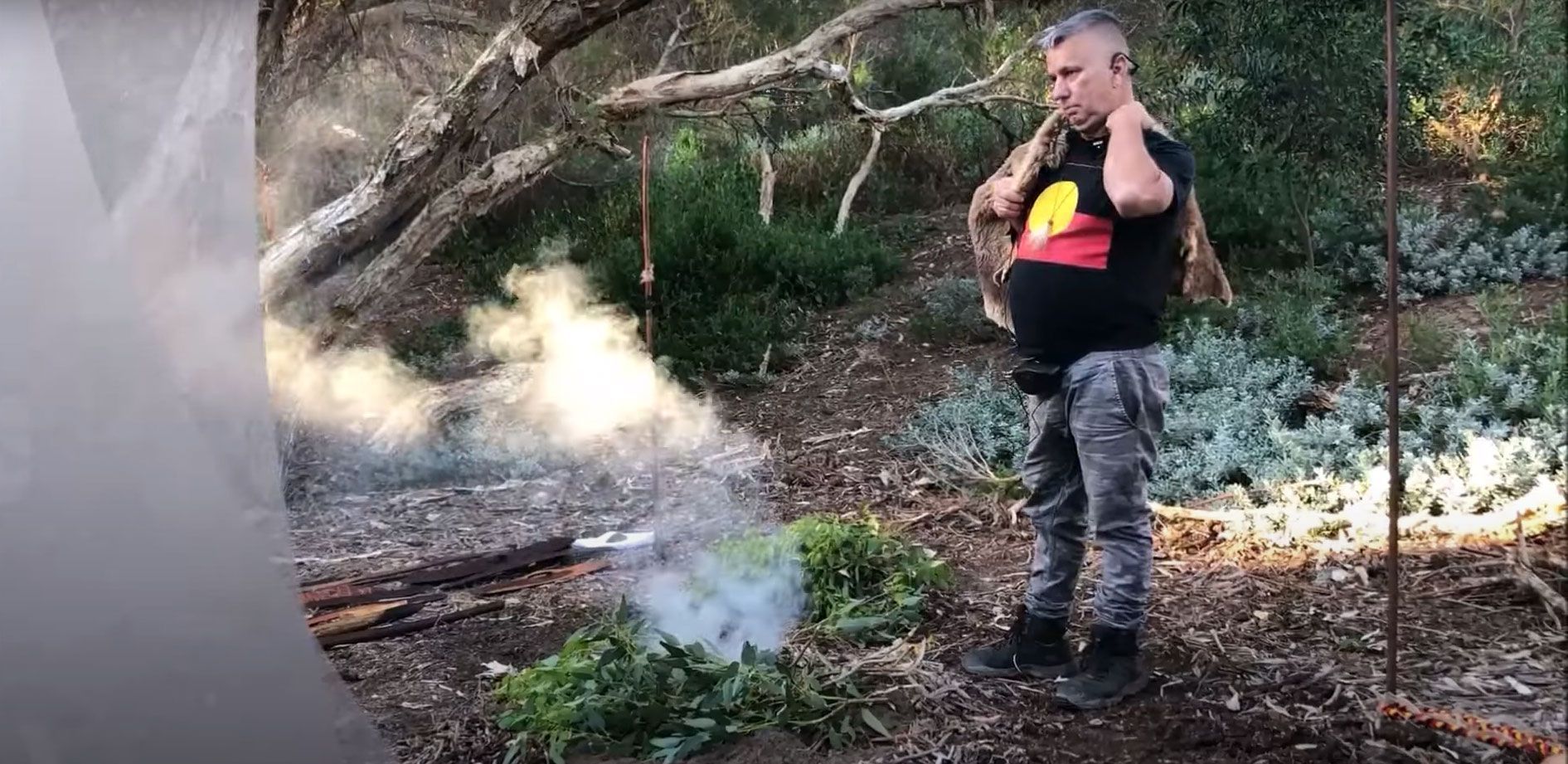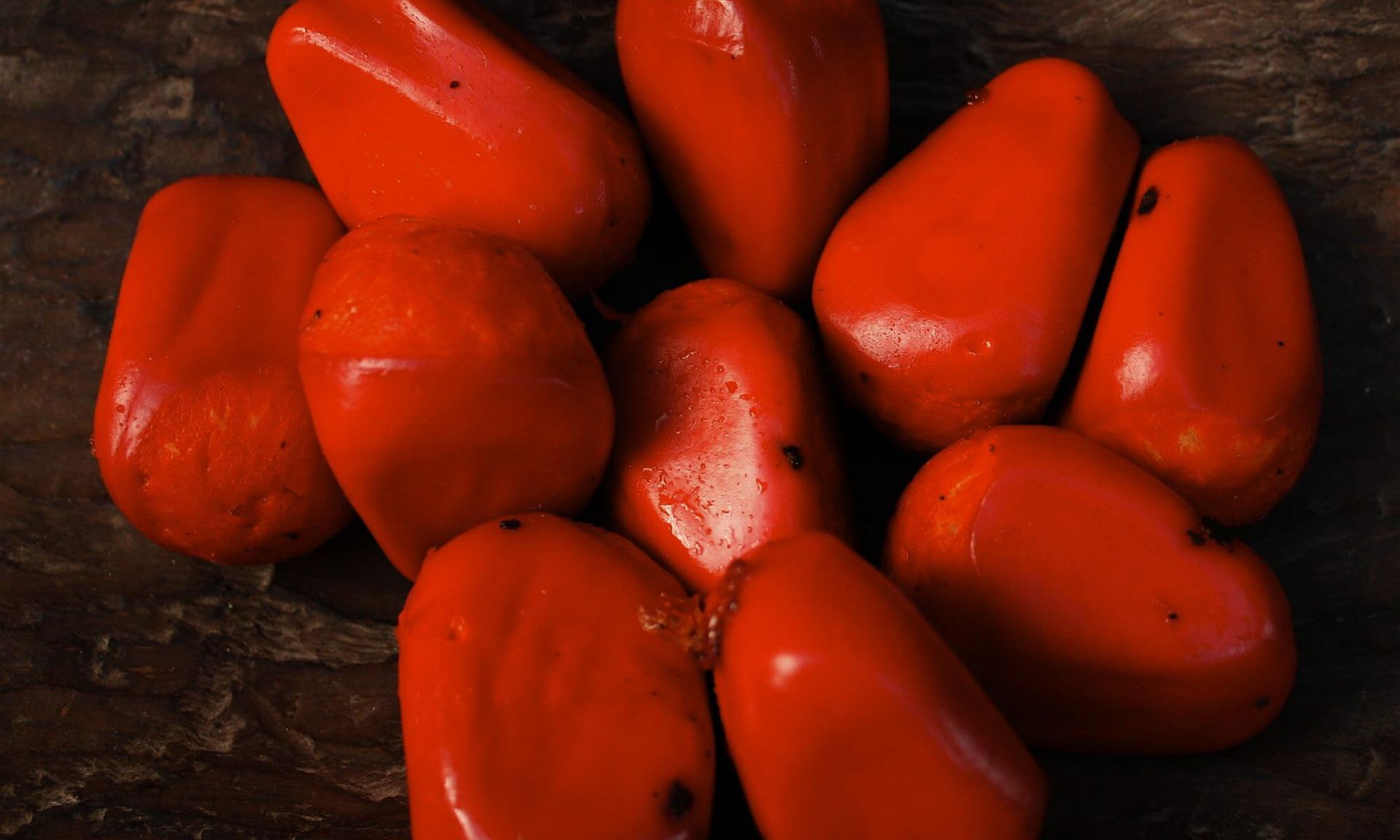Some Observations on the Warrein Yam (Dioscorea hastifolia)
Above: A new season warrein tuber harvested 20 September 2022. Eaten raw and cooked.
By the Team at Anthropology from the Shed 2023
‘My Ancestors used many food sources as medicinal combinations ensuring that healthy human populations flourished for many thousands of years. They understood the seasonal cycles of foods and when they were most nutritious. They were fully aware of the different tastes, nutrition and texture of young and old tubers at different times of the year. In spring the new season yam tuber has a sweetish, crunchy, gelatinous, juicy taste when eaten raw. When cooked it tastes better - warm, firm and crunchy’ (Hayward-Jackson 2022).
‘Alluvial terraces on the floodplains of our Sacred Rivers were used for Cultivating the Warrein Yam as an important source of Carbohydrate. It was an indicator of seasonality. When its green leaves start to turn yellow in September/ October it is a sign that the warm, light, dry season is arriving. This was the time of Kambarang when people gathered in large groups and the yam tubers were starchy and nutritious.’ (Hayward-Jackson 2022).
‘Research suggests that warrein was harvested probably twice a year - at the beginning of the hot dry season -and after the first rains of autumn. Unlike the European calendar our seasons relied on the natural rhythms and the visual changes and feelings that our natural environment expresses.’ (Hayward-Jackson 2022).
‘I am not aware that my ancestors ever planted yam seeds but what I do know is that when they dug out the tubers, they always left or re-planted the top part of the tuber to ensure a future reliable food supply. Our people practised regenerative yam planting. This ancient science horticulture is well-documented.’ (Hayward-Jackson 2022).

As we have noted elsewhere, the "native hole-lands” that had once formed part of an ancient indigenous horticultural landscape along the upper Swan River at the time of colonisation became the prime location for the early European settler farms owing to the area’s rich agricultural potential. The well-drained, loose, loamy, fertile soils that had been managed by Aboriginal people for thousands of years through firing and digging were appropriated and fenced by European settlers for their own mixed farming. The first colonial botanist James Drummond (1842) acknowledges the productive potential of these yam lands in his letter to the Perth Gazette where he states:
‘The discovery that you [Shaw of Belvoir on the Upper Swan] have made that the [grape] vines thrive in the sort of land which produces the native yam, is one I consider of the greatest importance to the colony, as there are many thousand acres of that sort of land now in an excellent state for planting, from the repeated digging of the roots for ages by the natives.’
Grey also refers to extensive yam lands that he observed further north in the Yamatji region:
‘…now for three and a half consecutive miles we traversed a fertile piece of land, literally perforated with the holes the natives had made to dig this root; indeed we could with difficulty walk across it on that account, whilst this tract extended east and west as far as we could see.’ (Grey 1841, Vol 2:12).
The Dioscorea yam was cultivated by Nyungar and Yamatji peoples along the fertile alluvial terraces of rivers such as the Swan, Canning, Helena, Brockman, Avon, Moore, Arrowsmith, Irwin and Hutt Rivers. The warrein yam does not grow south of the Murray River (south of Perth).
In the Nyungar language neer-ran means ‘to plant, to put in the ground’ (Grey 1840) or as Moore (1842:84) renders it niran ‘to plant, to sow’ (Moore 1842: 84). This method of re-planting the crown of the yam at the same time as harvesting its new season tubers suggests an energy-efficient and reliable method of sustainable horticulture ensuring a dependable supply of nutritious carbohydrate, vitamins and minerals at seasonally important times of the year. For further information on the warrein yam’s economic, cultural, totemic and spiritual significance, see https://www.anthropologyfromtheshed.com/yam-lands-the-mystery-of-a-holy-landscape



